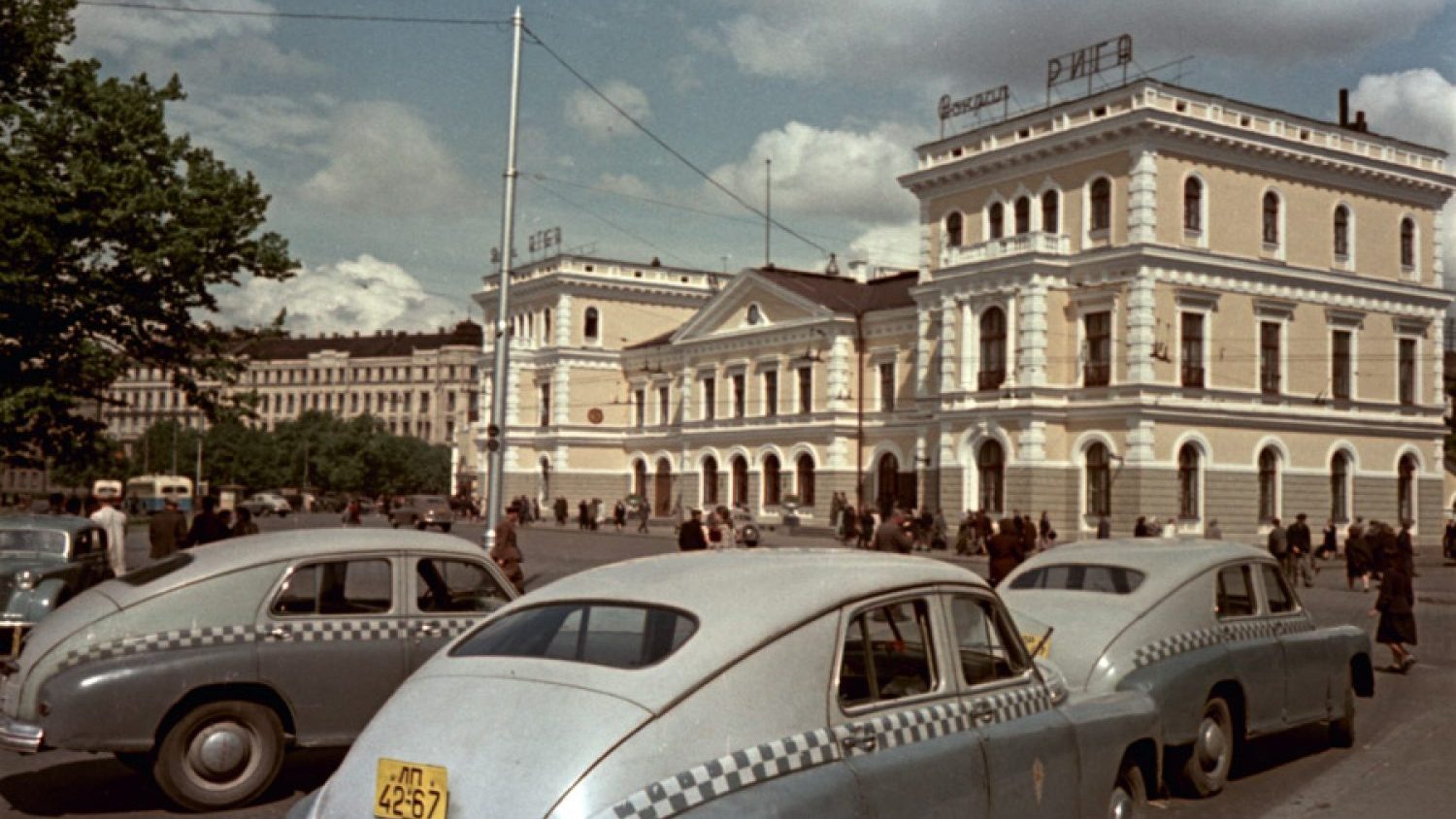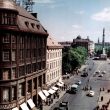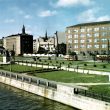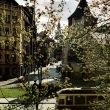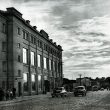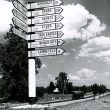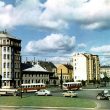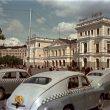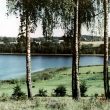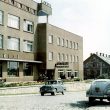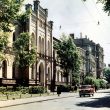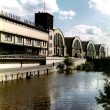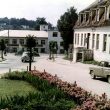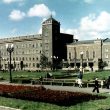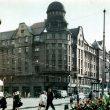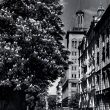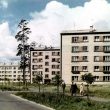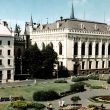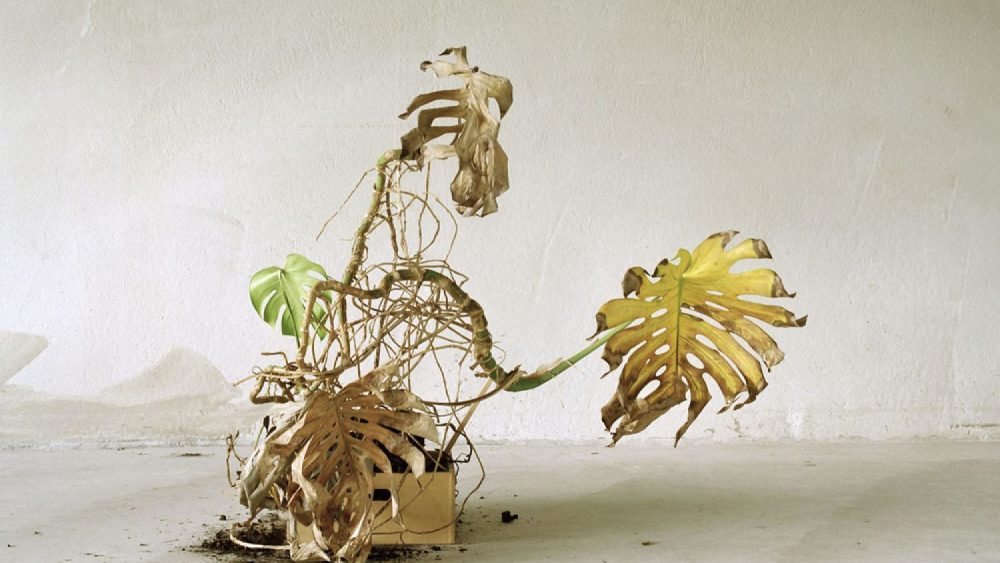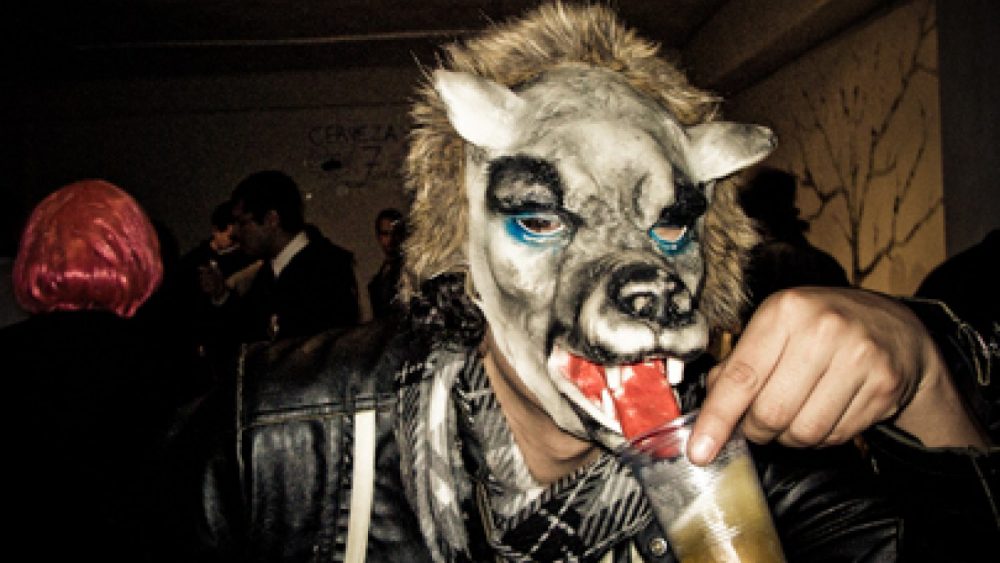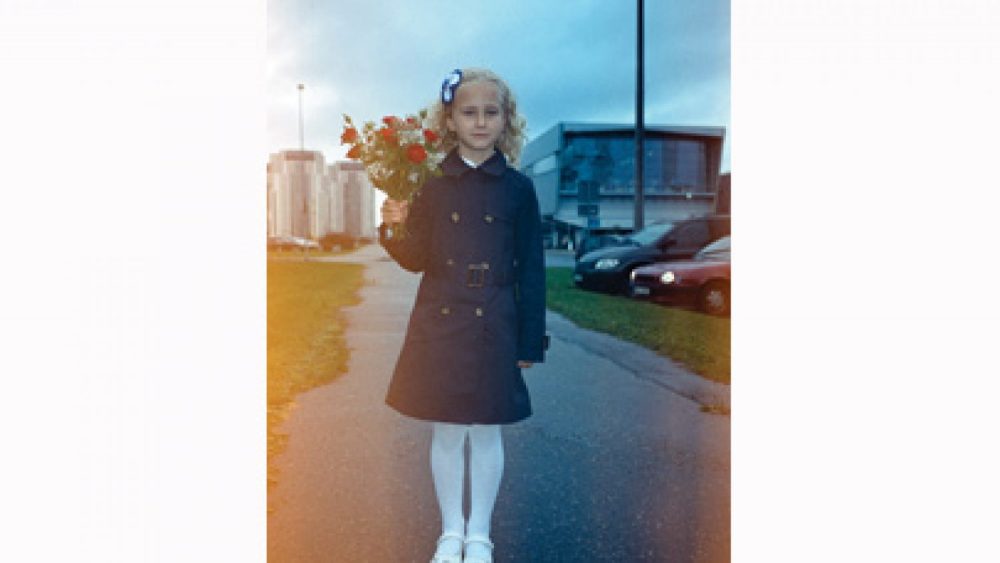Dominiks Gedzjuns
The Latvian photographer Dominiks Gedzjuns (1918-1998) had the most productive years at the end of the 1950-ies and the beginning of the 1960-ies, when the landscape and city views photographed by him were published in all photo books about Riga and Latvia at the time. He was one of the first photo documentarians after the war. Being so talented, he laid the foundations for photojournalism in Latvia, which later served as a catalyst to the development of photo art in its own right.
Gedzjuns was born in Grīva (now Daugavpils) and he was Polish by origin. Since 1934, he had been living in Riga with his uncle. Having obtained a driver’s licence, he worked as a lorry driver. He loved cars, mechanics and machinery since very early age. In his leisure time Gedzjuns’ hobby was photography. In 1946 he started working as a photojournalist in the newspaper Cīņa (Struggle). As the photographer’s daughter Regīna Gedzjuna remembers, her father had a very busy work schedule. He had to go to work during night-time and very early in the mornings. Very often he spent both Saturdays and Sundays working. In this respect, Gedzjuns’ mobility was a key asset. He owned a car Moskvič-400 and at times when the newspaper management could not provide a car for carrying out assignments, the photographer never hesitated to use his own car. In Cīņa Gedzjuns worked till the 1960-ies, when he left at his own will wanting to work on a less hectic daily agenda.
Since the mid-1950-ies he also received invitations to take photographs for postcards and photo albums. The landscapes and city views photographed by Gedzjuns can be seen in many photo books – Amber Land Latvia (1960), Riga (1961), Riga, Jurmala, Sigulda (1963), The Soviet Latvia (1965) and in many other publications issued till the mid-1970-ies. Gedzjuns was a true master of landscapes. To a certain degree, that was the zenith of his work as a photographer. Because the postcards were made in colour, it encouraged him to perform various experiments with colour photography at the tiny photo lab at his home. On the trips, where he took photographs for postcards and publications (which he often combined with his vacation), he often took his three daughters along. On numerous occasions he also included his personal car in the composition (see photographs with Koknese castle ruins). His most favourite time to shoot was the beginning and end of July, as well as August. In his opinion, at this time the sky and clouds were especially impressive. Gedzjuns always had a profound knowledge of flower blooming in meadows and the position of light. He could spend hours on achieving the result he had on his mind. The spectators could not leave Gedzjuns’ excellent composition skills unnoticed. A characteristic style feature of Gedzjuns’ handwriting as a photographer was shots from high locations – from uplands, hills and plateaus in nature, and from towers and rooftops in the city. Although he was emotionally introvert, Gedzjuns always managed to get the necessary permissions and authorisations from the KGB to take birdsview aerial photographs. At this time, the landscape with birch-trees shot by Gedzjuns was a regular background image in television, too.
In the 1960-ies Gedzjuns became a chief photographer of the Latvian Theatre Association. His work had considerable amplitude – there was work at the salon, shows and images to include in the show programmes and booklets. There was a performance, where all the stage design consisted of huge Gedzjuns’ photographs, and he himself processed and made the images. Gedzjuns’ main task, though, was taking portrait photographs of the actors at the Drama (now National) Theatre and the Operetta Theatre. The photographer worked there till the 1980-ies, when his health issues – Parkinson’s disease – prevailed over his working capacities. Gedzjuns spent the rest of his life at home, taking photographs every now and then, reading and being always keen to spare his knowledge on photography with others.
After many years the photographs taken by Gedzjuns have obtained a new pictorial value. They have immortalised numerous extinct locations – the old Daugava Riverdale, Latgale landscapes, and the constantly changing cityscape of Riga. Thus, his photographs have acquired an important cultural and historical value, because they reflect a time that has scarcely been evidenced in photographs.
The author thanks Eiženija Freimane, Regīna Gedzjuna and Pēteris Novicāns for assisting in writing the article
